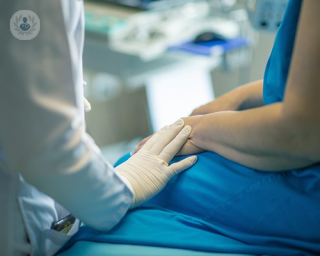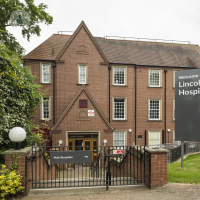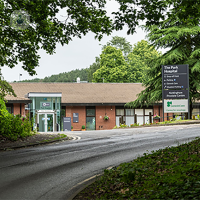Hiatal hernia surgery
What is hiatal hernia surgery?
A hiatal hernia occurs when a section of your stomach pushes up through an opening (called a hiatus) in your diaphragm. The diaphragm is a sheet of muscle located between the abdomen and chest. Hiatal hernia surgery involves pulling the stomach down into the abdomen and then making the hiatus opening in the diaphragm smaller.

Why is hiatal hernia surgery performed?
Hiatal hernia surgery is required when a hiatal hernia does not respond to medication or lifestyle changes. Sometimes, surgery is required for emergency cases. Surgery is also recommended if you have persistent symptoms, but do not want to be on medication long-term.
What does it involve?
Hiatal hernia surgery is usually performed using a laparoscope, which is a form of keyhole surgery. It involves a number of small abdominal cuts and the use of carbon dioxide to inflate a section of the abdomen. This allows the surgeon room to work. The laparoscope has a tiny camera on it, allowing the surgeon to see the inside of your body whilst they operate.
During this surgery, the stomach is returned to its correct position, and the diaphragm around the oesophagus is tightened to ensure no more acid moves back out of the stomach.
Surgery is performed under general anaesthetic to ensure there is no pain. This form of surgery takes 1-2 hours to complete.
How can I prepare for hiatal hernia surgery?
Before surgery, it is likely that your doctor will want to run tests on both how well the oesophagus moves, and how much acid is refluxed in a 24 hour period. Prior to surgery happening, the surgeon will explain fully the procedure and what to expect, as well as any possible side effects.
Such side effects include:
- Bloating and flatulence
- Dysphagia (difficulty swallowing)
What is recovery from hiatal hernia surgery like?
Patients who have had hiatal hernia surgery can leave the hospital after the general anaesthetic has worn off, which usually takes two to three days. Most patients are able to return to work after three to six weeks post-surgery. It is also recommended that after surgery, soft foods are eaten, such as soup or pureed vegetables for the first six weeks.














